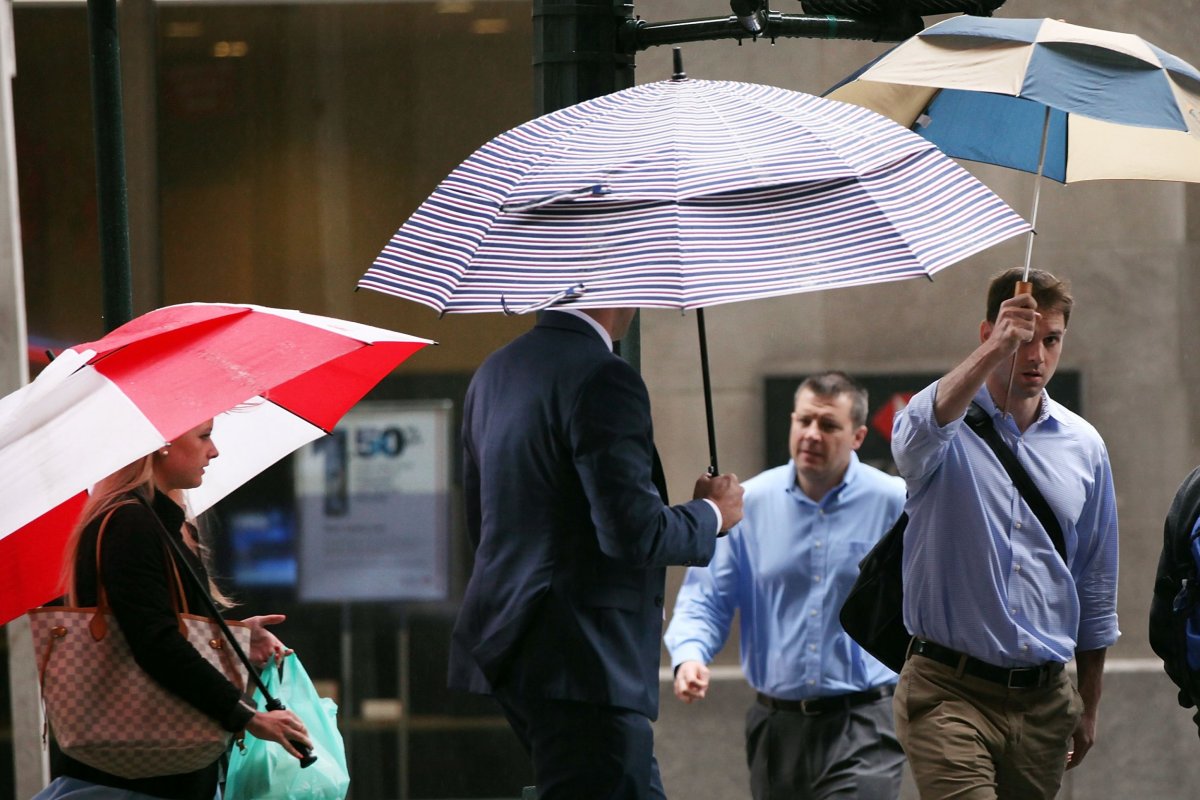The World Meteorological Organization released its update of the coming El Niño season for 2018 Monday. There are currently neutral conditions in the equatorial Pacific where El Niño would develop—but the new forecast predicts even a weak El Niño will develop by the fourth quarter of the year.
The current chance of El Niño development is at 70 percent but the strength that it would take on is unknown. Climate models used to make the predictions show there could be anything from a neutral to a moderate strength El Niño for the season.
The event likely won't be as strong as the event that happened during the 2015-2016 year, which saw one of the strongest El Niño events and became one of the warmest on record.
What is El Niño?
Both El Niño and La Niña are part of the ENSO or El Niño-Southern Oscillation cycle, according to the National Oceanic and Atmospheric Administration. They both have to do with the surface ocean temperature in the equatorial Pacific and the weather patterns that temperature can cause. While El Niño is the term used to describe the unusually warm surface water in the Pacific Ocean that appears around December, La Niña is used to describe the event that occurs when there are unusually cool surface water temperatures.
What does El Niño typically mean for the weather?
While there's no way to know exactly what an El Niño season will cause, and other factors are at play that influence what a winter season is like around the country.
During a year where there's a moderate to strong El Niño event, there are certain weather patterns that develop over North America. They typically include temperatures that are warmer than usual over the western and northern parts of the U.S. and parts of Canada, according to NOAA. The weather pattern can also cause above-average precipitation over parts of the Gulf and Florida and below-average precipitation in the Ohio Valley and Pacific Northwest.
When there's a La Niña year, or cooler conditions in the Pacific, the result is usually the opposite of El Niño weather impacts. The patterns cause a change in typical weather outside of the U.S. as well. The patterns have been known to cause extreme weather like flooding in Peru and drought in the West Pacific, which can lead to brush fires.

Uncommon Knowledge
Newsweek is committed to challenging conventional wisdom and finding connections in the search for common ground.
Newsweek is committed to challenging conventional wisdom and finding connections in the search for common ground.
About the writer
Nina was a breaking news reporter. She previously worked at Business Insider, The Boston Globe, and Boston.com.
To read how Newsweek uses AI as a newsroom tool, Click here.








